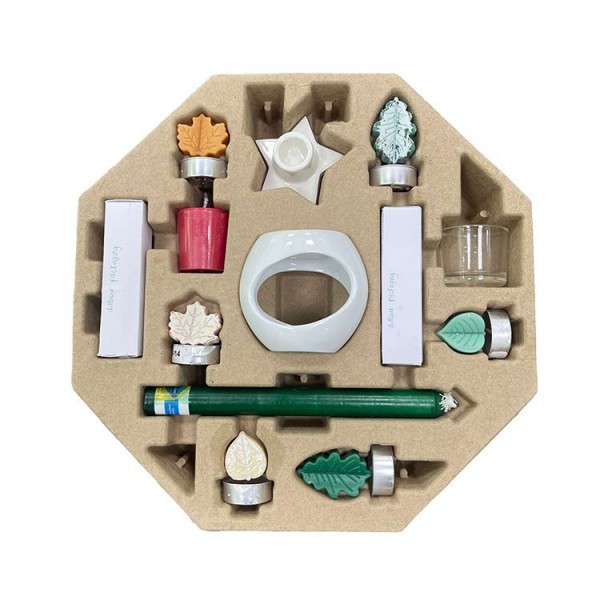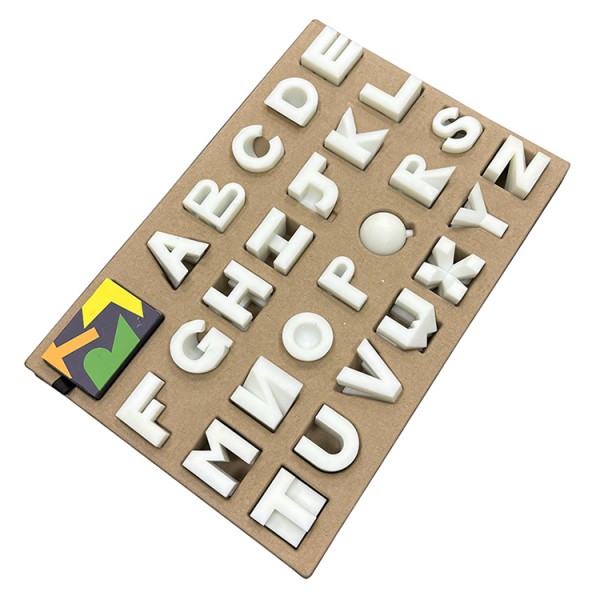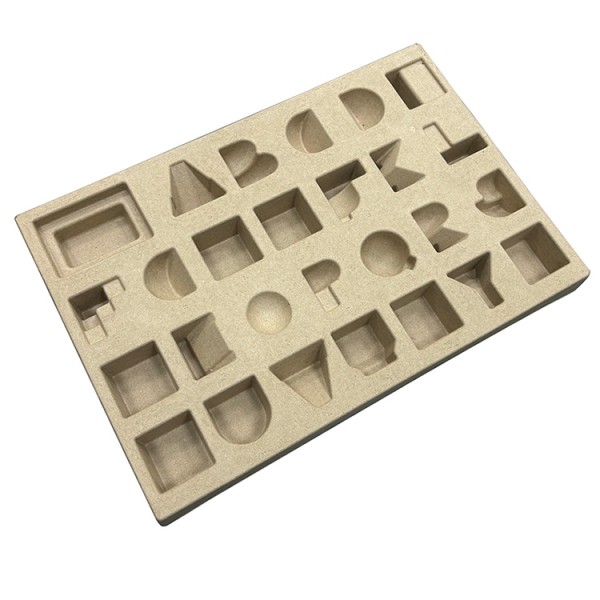Pulp molding is an innovative and eco-friendly packaging material manufacturing method that utilizes pulp as the base material to create various packages and containers through molding, drying, and treatment processes. Its waterproof and oilproof characteristics make it a preferred material in many industries. This article will explore how pulp molding effectively achieves these properties.
1. Basic Concept of Pulp Molding
Pulp molding technology primarily involves soaking, pulping, and molding paper materials, followed by drying and curing to form the desired products. This method’s advantages lie in its ability to make full use of recycled paper pulp molding, reducing environmental burdens. Pulp molding is not only a way to utilize renewable resources but also helps lower production costs while improving the market competitiveness of the products.

2. Mechanisms for Achieving Waterproof Properties
To enhance the waterproof performance of pulp molding products, manufacturers typically employ the following methods:
Use of Waterproof Agents: Adding chemical waterproof agents, such as polymers and wax, to the pulp can form a protective film between the pulp fibers, preventing moisture penetration. Commonly used waterproof agents include polyvinyl alcohol (PVA) and polyurethane, which effectively block moisture from contacting the paper fibers.
Improving Fiber Structure: By optimizing the molding process and fiber arrangement of the pulp, manufacturers can reduce the gaps between fibers, thus decreasing the likelihood of moisture penetration. A denser fiber structure effectively enhances the waterproof performance of pulp molding.
Post-Treatment Processes: After forming the products, secondary waterproof treatments can be applied through immersion or spraying methods to create a solid waterproof film on the product surface.

3. Mechanisms for Achieving Oilproof Properties
Similarly, the oilproof characteristics of mold pulp packaing rely on several key technologies:
Addition of Oil-Repellent Agents: Adding oil-repellent agents, such as fluorinated compounds, to the pulp can effectively reduce grease penetration. These agents form a protective layer on the product surface, preventing oil from permeating the pulp.
Surface Treatment Technologies: Applying physical or chemical methods to treat the product surface, such as coating techniques, can further enhance the oilproof performance. These surface treatments can increase hydrophobicity and oil resistance, preventing grease adhesion.
Material Selection: Using naturally oil-repellent materials, such as certain plant-based substances, can effectively improve the oilproof properties of pulp molding. Choosing suitable raw materials not only enhances performance but also meets environmental standards.

4. Environmental Concepts and Sustainable Development
The waterproof and oilproof characteristics of pulp molding not only expand its application range but also align with modern environmental concepts. Compared to traditional plastic and foam packaging, pulp molding products are easier to degrade after use, significantly reducing their environmental impact. This characteristic makes pulp molding increasingly favored by consumers and businesses in food packaging, pharmaceutical packaging, and electronic product protection.

5. Market Applications and Future Prospects
The application of pulp molding in the market is gradually expanding, covering various sectors such as food, household products, cosmetics, and electronics. Its waterproof and oilproof properties make it suitable for safely packaging products with high fat and moisture content. As consumer demand for eco-friendly products continues to grow, the market prospects for pulp molding will be even broader. In the future, with technological advancements, pulp molding is expected to achieve even higher waterproof and oilproof performance, meeting the needs of more industries. At the same time, the energy consumption and resource use efficiency in the production process will continue to optimize, promoting pulp molding toward a more sustainable direction.
Conclusion:
Pulp molding successfully achieves waterproof and oilproof functions through the use of waterproof and oil-repellent agents, along with surface treatments. Its advantages in environmental protection and sustainable development position it prominently in the modern packaging industry. With ongoing technological advancements, the application areas and market potential of pulp molding will continue to expand, making it a leading choice for green packaging materials in the future.

